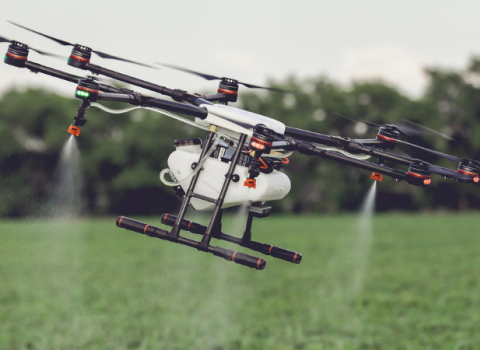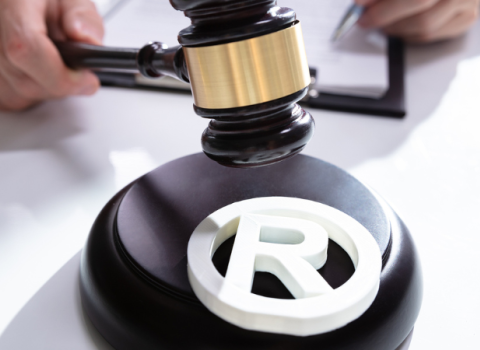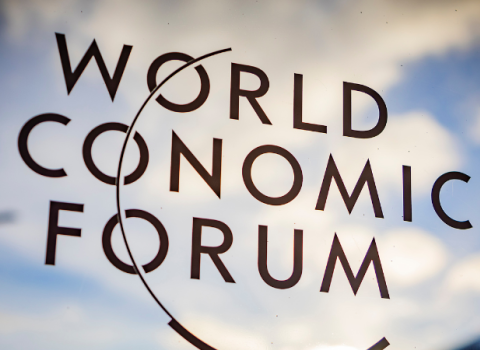The US Patent and Trademark Office (USPTO) has launched the Cancer Immunotherapy programme to expedite examination of patent applications covering therapies that activate the immune system to kill cancer cells.
The programme opened last month in support of President Barack Obama’s ‘National Cancer Moonshot’, under which an extra $1 billion will be pumped into R&D in the field, to double the volume of cancer research over the next 10 years.
USPTO’s one-year pilot programme exemplifies how the American federal patent system can be deployed to promote policy goals and spur innovation in a single, huge market.
While the European Patent Office and national patent offices in Europe currently provide routes for requesting faster examination, these must be separately pursued and do not reflect truly pan-European innovation policy.
For a patent application to be assessed under the Cancer Immunotherapy pilot it is only necessary to file a relatively simple request. There are no additional fees.
The USPTO expects that qualifying applications will complete the examination process within one year of acceptance into the programme.
Defining cancer immunotherapy
To qualify, patent applications must have at least one claim covering a method for treating cancer using immunotherapy. The USPTO has cast its net wide in defining cancer immunotherapy, with the classification covering any treatment using the immune system to destroy cancer cells.
The USPTO provides the following examples:
- administration of cells, antibodies, proteins, or nucleic acids that invoke an active (or achieve a passive) immune response to destroy cancerous cells;
- co-administration of biological adjuvants (eg, interleukins, cytokines, Bacillus Comette-Guerin, monophosphoryl lipid A) in combination with conventional therapies for treating cancer such as chemotherapy, radiation, or surgery;
- administering any vaccine that works by activating the immune system to prevent or destroy cancer cell growth;
- in vivo, ex vivo, and adoptive immunotherapies, including those using autologous and/or heterologous cells or immortalised cell lines.
(See 81 Fed. Reg. 125 42328 at 42330; https://www.gpo.gov/fdsys/pkg/FR-2016-06-29/pdf/2016-15533.pdf.)
It is relatively simple for a patent application with a qualifying claim as described above, to request entry into the Cancer Immunotherapy pilot. The USPTO requires a limited number of claims (maximum of three independent and 20 total claims); electronic (not paper) filing; a request for early publication; avoidance of extensions of time, and early payment of issue fees upon allowance of the application.
These requirements are not particularly burdensome for innovators seeking speedy patents.
Nor is the Cancer Immunotherapy pilot the only example of how the USPTO expedites examination of patent applications. While the range of options can be confusing to the uninitiated, they highlight the USPTO’s flexibility in promoting innovation.
As one case in point, it is possible to request ‘prioritised examination’ for a fee of about $4,000. Alternatively, ‘accelerated examination’ costs $140, but it is necessary to submit additional supporting documents, describing in detail a mandatory prior art search and an examination support document detailing, claim by claim, how each reference found in the search is relevant to the claims and where the patent application supports each claim limitation.
Meanwhile, the Patent Prosecution Highway programme, available if the same claims were allowed in certain non-US patent offices, requires the $140 fee but not the additional supporting documents noted above.
Patent applications with claims directed to environmental quality, development or conservation of energy resources, or countering terrorism, avoid the $140 fee but must submit the additional supporting documents noted above.
Finally, if an inventor is of poor health or age 65 or older, examination may be expedited without additional fees and without the additional supporting documents noted above.
The Cancer Immunotherapy pilot programme similarly omits the fee and supporting documents requirements.
Added workload
The immunotherapy pilot will initially run for 12 months, to June 2017, with the USPTO having the option to extend or cancel the programme at this point.
For the pilot to succeed, examiners will need to keep up with the added workload, without introducing excessive delay in other applications - and without loss of patent quality.
A new US President will enter office in January 2017 and could revisit actions of the current administration, including the National Cancer Moonshot. The Pilot Programme, however, may escape immediate scrutiny. While the USPTO generally experiences leadership changes under a new administration, in the past such changes have not been immediate.
R. Frederic (Ric) Henschel is a partner at the US law firm, Foley & Lardner LLP.




 A unique international forum for public research organisations and companies to connect their external engagement with strategic interests around their R&D system.
A unique international forum for public research organisations and companies to connect their external engagement with strategic interests around their R&D system.